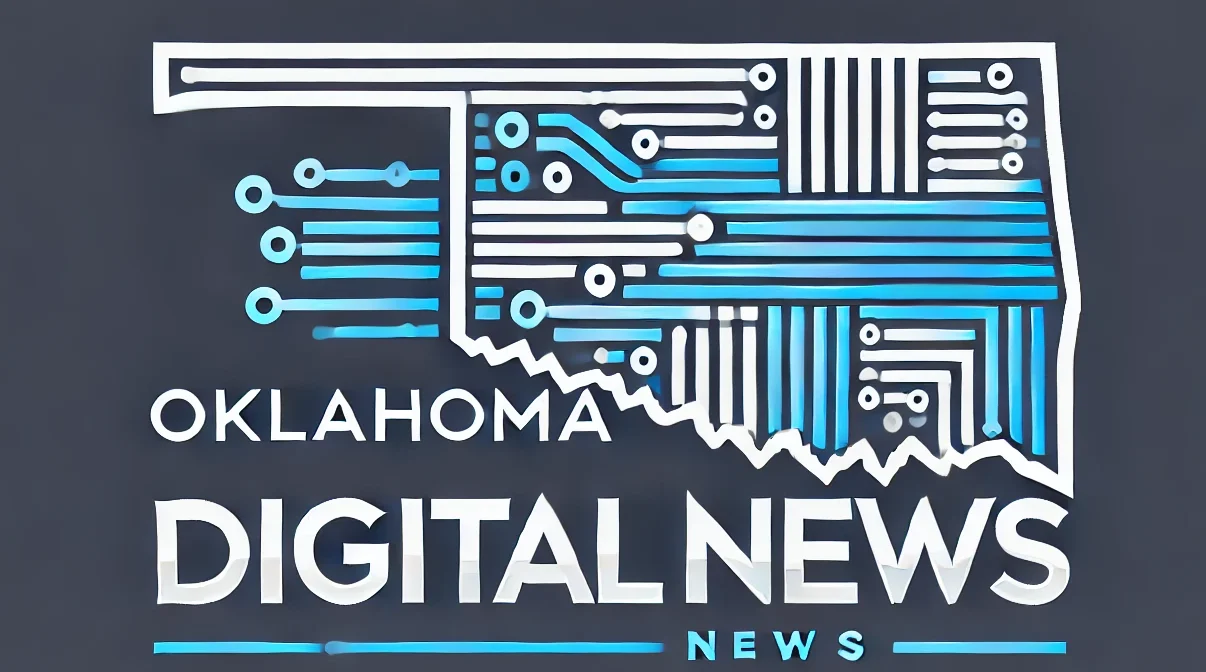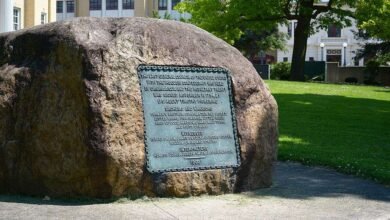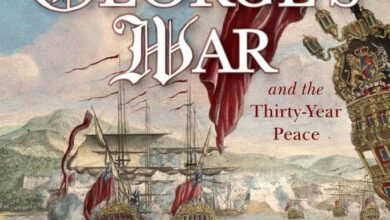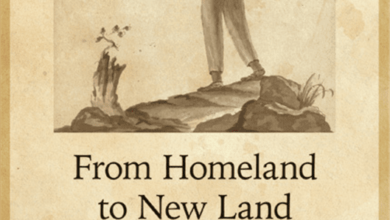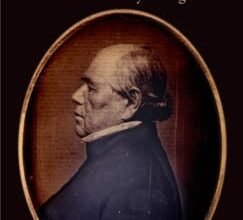Hamilton-Oneida Academy & The Origins of Hamilton College
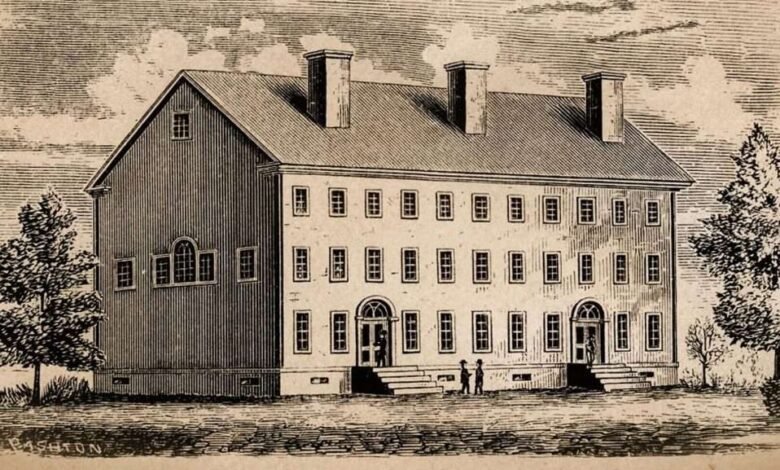

 Hamilton-Oneida Academy, the predecessor of Hamilton College, was chartered on January 31, 1793 with a document signed by the state’s first governor, George Clinton.
Hamilton-Oneida Academy, the predecessor of Hamilton College, was chartered on January 31, 1793 with a document signed by the state’s first governor, George Clinton.
The plan was for a school for children of New England settlers who were moving into Central New York in the 1790s and the Oneida people. The town of Clinton’s first settlers arrived in 1787. The area was organized in the newly formed Herkimer County, which was created in 1792.
According to missionary Samuel Kirkland, the idea for the school came in a vision and dream. Kirkland traveled to Philadelphia (then the seat of the new United States government) and gained approval from President George Washington and Treasury Secretary Alexander Hamilton.
Rev. Kirkland certainly corralled the high and mighty men of means and influence of that period and location. The charter application for the school was dated November 12, 1792 and included these first trustees:
Samuel Kirkland, Jones Platt, Eli Bristol, Erastus Clark, Joel Bristol, Sewal Hopkins, James Dean, and Michael Myers. Hamilton was also a first trustee, though never saw or donated to the school.
Erastus Clark was Hamilton’s treasurer 1812-1825 and a lawyer. James Dean was Indian Agent, interpreter, judge of the common pleas court, and a founder of Westmoreland. Michael Myers was a Sangerfield landholder, Herkimer County judge, and US Congressman (1799 -1801).
Jonas Platt was a lawyer and Herkimer County Clerk while Jedediah Sanger was a founder of both New Harftord and Sangerfield, and Joel Bristol a very early settler of Kirkland.
Kirkland himself gave 18 acres of his land to the academy and would eventually donate 300 acres more, part of his two square mile Kirkland Patent. Today Hamilton College’s Chapel, Couper Hall, South Dorm, Butrick Hall, and Bristol Center stand on Kirkland’s original 18-acre gift.
The land was provided by the State of New York as a reward for his aiding the Oneidas, and helping to keep them on the Patriot side during the American Revolution. He served as a Chaplain in the Revolutionary War and as an interpreter on several occasions.
In 1793 Kirkland circulated a subscription paper which he headed with a gift of 300 acres, 10 pounds cash, and 15 days work. Seventy-eight men responded to Kirkland’s appeal with gifts of nails, money, glass, lumber, grain, shingles, blacksmith’s work and more.
Joel Bristol helped solicit funds and donated 20 days work and one pound; Moses Foote gave two pounds, 1,000 feet of timber, 5,000 feet of boards, and 20 days of work.
The Academy’s corner stone was dedicated July 1, 1794. In attendance were Baron von Steuben and Oneida Chief Skenandoa (ca. 1706-1816).
Progress on the original building was slow. Funds ran-out after two small rooms on the first floor and a large room on the second floor were built. Eventually a third story was added, but financial problems plagued the school.
Not much happened for a few years, and some called it “Kirkland’s Folly.” In 1797 a $1,000 mortgage was foreclosed-on and was the building was taken “in execution to satisfy debts still due.”
Finally in December of 1798 John Niles was hired as a teacher and the school opened with 20 scholars, both boys and girls.
Other teachers in the early period were Robert Porter (1801-1806), a Yale graduate; Seth Norton(1806-1812) also a Yale alum and a brother to the first pastor of the nearby “Stone Church” Rev. Asahel Norton; and James Watson Robbins (1807).
The Academy, one of the first chartered by the newly established Board of Regents, educated students at levels ranging from the modern equivalent of first through 12th grade.
At the time of chartering no system of public education existed in the new nation – all schooling was in private institutions. Amos Delos Gridley’s 1874 history states that Kirkland brought several Oneida scholars and provided them with “white” clothing.
The Academy was not completed until after Kirkland’s death in 1808. Many sons of Clinton settlers attended the Academy, including Moses Bristol, James Dan, Ebenezer Griffin, Lester Barker, Orrin Gridley, Othniel Williams, Hiram H. Kellogg, Julius Pond, and Samuel Royce.
After the Hamilton-Oneida Academy closed on September 10, 1811, Hamilton College trustees finished the building and raised $52,844 with an additional $50,000 grant from the state.
The former Academy was chartered as Hamilton College on May 26, 1812 by the Board of Regents as the third liberal arts school in the state after Columbia and Union, and the doors of the College opened for students on October 24, 1812.
Illustration: Drawing of Hamilton-Oneida Academy Building, later Hamilton College, ca 1799.
Source link
